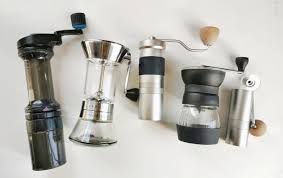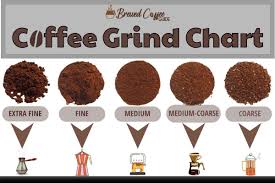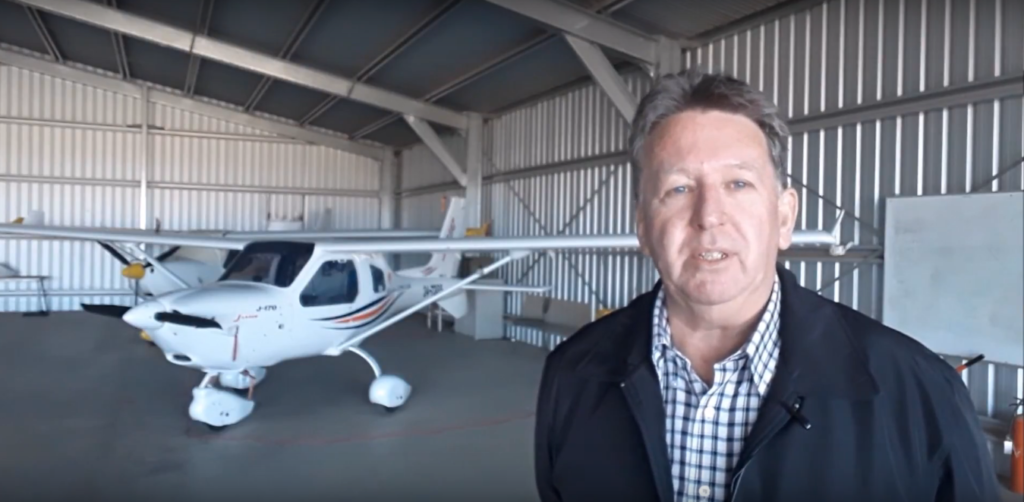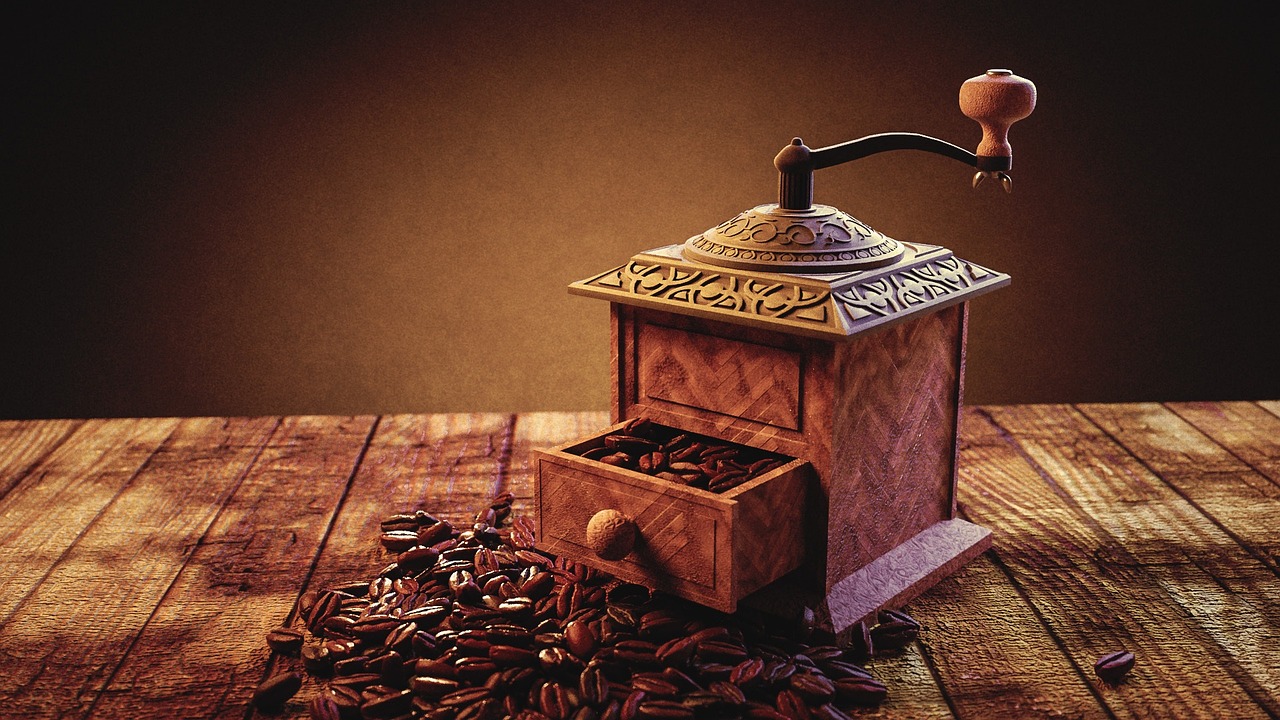Dialling in Espresso Grinder for Incredible Coffee!
What is Espresso Coffee?
Espresso coffee, often simply referred to as “espresso,” is a concentrated coffee beverage that is brewed by forcing hot water under high pressure through finely-ground coffee. It is known for its rich, bold flavor and strong aroma. The brewing process of espresso extracts the flavors, oils, and solubles from the coffee grounds quickly, resulting in a small, concentrated shot of coffee.
Key characteristics of espresso coffee include:
- Preparation: To make espresso, finely-ground coffee is placed into a portafilter, a metal filter basket, and then compacted using a tamper. The portafilter is then locked into an espresso machine.
- Brewing: Hot water, usually heated to around 195-205°F (90-96°C), is forced through the compacted coffee grounds at a high pressure of about 9 to 10 bars. The high pressure and short brewing time (typically 25-30 seconds) contribute to the unique characteristics of espresso.
- Crema: One of the distinguishing features of a well-made espresso is the crema, a creamy, tan-coloured foam that forms on the top of the espresso shot. It contains coffee oils, sugars, and carbon dioxide, which are emulsified by the pressure and create a velvety texture and a layer of complex flavours.
- Size: An espresso shot is typically quite small, usually around 1 to 2 ounces (30 to 60 milliliters) in volume. It’s often served in a small cup called a demitasse.
- Flavour: Espresso has a concentrated flavour profile, with intense notes of coffee, varying degrees of bitterness, and a smooth, robust taste. The brewing process highlights both the sweetness and acidity of the coffee beans.
Espresso is not only enjoyed on its own but also serves as the base for many other coffee beverages, such as lattes, cappuccinos, Americanos, and more. These drinks are created by adding various proportions of milk, water, or other ingredients to the espresso shot.
It’s worth noting that the term “espresso” is both the name of the coffee preparation method and the resulting coffee beverage.

Dialling in Espresso Grinder for Incredible Coffee.
Dialling in an espresso grinder is a crucial process to achieve incredible coffee quality. It involves adjusting the grinder settings to find the perfect grind size and dose for your beans, machine, and desired taste. Here’s a step-by-step guide to help you dial in your espresso grinder:
- Clean the Grinder: Before you begin, make sure your grinder is clean and free of any old coffee grounds or residue.
- Use Fresh Coffee Beans: Use freshly roasted coffee beans for the best results. Stale beans can affect the flavor and consistency of your espresso.
- Start with a Baseline: If you’re using a new coffee or grinder, start with a baseline setting. Consult the grinder’s user manual for recommended starting points.
- Choose Your Dose: Determine the amount of coffee you want to use for a single espresso shot. This is often around 18-20 grams, but it can vary depending on your taste preference and the basket size of your portafilter.
- Grind Size Adjustment: Start with a coarser grind setting and then gradually make it finer. The goal is to find the point where your espresso extraction is balanced in terms of flavor, body, and time. A. Set the grinder to a coarser grind setting than you think you need. b. Pull a shot. Observe the extraction time and taste the espresso.
- Extraction Time: Espresso shots typically take around 25-30 seconds to extract. If your shot is too fast (under 20 seconds), it may taste sour and weak. If it’s too slow (over 30 seconds), it may taste bitter and over-extracted. A. If your shot is too fast, make the grind finer. b. If your shot is too slow, make the grind course.
- Taste and Adjust: Taste the espresso and pay attention to its flavour characteristics. Look for a balanced taste with sweetness, acidity, and bitterness. Adjust the grind size accordingly:
a. If the shot tastes sour or weak, make the grind finer.
b. If the shot tastes bitter or over-extracted, make the grind course. - Crema and Visual Clues: Observe the crema on top of the espresso. A good shot should have a rich, velvety crema with a reddish-brown color. If it’s too pale, the shot might be under-extracted; if it’s very dark, it might be over-extracted.
- Repeat and Refine: Continue adjusting the grind size, pulling shots, and tasting until you achieve a balanced and flavorful espresso shot.
- Note Down Settings: As you find the optimal grind size and dose, make note of the settings for future reference. These settings may change based on factors like humidity, bean age, and even minor machine adjustments.
Remember that dialling in is an iterative process. It might take several adjustments to find the perfect settings, but once you do, you’ll be able to consistently enjoy incredible espresso shots. Keep experimenting and refining based on your taste preferences.
The Importance of Dialling in an Espresso Grinder
Dialling in an espresso grinder is an essential step in making great espresso. It involves adjusting the grind size, dose, and tamp pressure to achieve the ideal extraction. The goal is to extract the right amount of flavour compounds from the coffee beans while minimizing the extraction of bitter compounds.
One of the main reasons why dialling in an espresso grinder is so important is because of the variability of coffee beans. Coffee beans come from different regions, altitudes, and varietals, and they all have unique flavours and characteristics. Even beans from the same origin can vary depending on the crop year, processing method, and roast level. As a result, each batch of coffee requires different settings on the grinder to achieve the best extraction.
Another reason why dialling in an espresso grinder is crucial is that the grind size affects the extraction rate and the flavour profile of the espresso. If the grind size is too fine, the water will have a hard time passing through the coffee bed, and the extraction will be slow and bitter. On the other hand, if the grind size is too coarse, the water will flow too quickly, and the extraction will be weak and sour. By dialling in the grinder, you can find the sweet spot where the extraction is balanced, and the flavours are well-defined.
Common Settings on Coffee Grinders.
Coffee grinders come in various shapes and sizes, but they all have similar settings that affect the grind size and other parameters. Here are some of the common settings you’ll find on most coffee grinders:
- Grind size: This is the most crucial setting on the grinder, and it determines how fine or coarse the coffee grounds will be. Espresso requires a fine grind size to extract the flavors properly, and different machines and brewing methods may require different grind sizes.
- Dose: The dose refers to the amount of coffee grounds used for each shot of espresso. The standard dose for a single shot is around 7 grams, while a double shot requires about 14 grams. However, some machines and personal preferences may require different dosing amounts.
- Tamp pressure: Tamping is the process of compressing the coffee grounds into a compact puck before brewing. The tamp pressure affects the flow rate of the water and the extraction rate of the coffee. Too much pressure can lead to a slow extraction, while too little pressure can cause channelling and uneven extraction.
- Timer: Some coffee grinders come with a timer that allows you to set the grinding time for a specific dose. This feature can be useful for consistent dosing and timing.
- Burrs: The burrs are the cutting surfaces inside the grinder that grind the coffee beans. They come in different materials and shapes, and they can affect the grind quality and consistency.
How Different Grind Sizes Affect Espresso Flavor.
When it comes to making a great espresso, one of the most important factors to consider is the grind size. The grind size can have a significant impact on the flavour of the espresso, as well as the overall quality of the shot. In this article, we’ll explore how different grind sizes can affect the flavour of espresso, and how to choose the right grind size for your preferences. First, let’s define what we mean by grind size. In espresso-making, grind size refers to how finely or coarsely coffee beans are ground. The grind size affects how quickly the water flows through the coffee, and how much of the coffee’s flavour is extracted.

When it comes to flavor, the grind size can have a significant impact. A finer grind size will generally result in a stronger, more intense espresso with a higher level of acidity. This is because the water has less space to flow through the coffee grounds, resulting in a more concentrated flavour. A coarser grind size, on the other hand, will produce a milder, smoother espresso with less acidity.
However, it’s important to note that the ideal grind size can vary depending on the type of coffee beans used, the machine being used, and personal taste preferences. For example, some coffee roasts may require a finer grind size to bring out their full flavour, while others may work better with a coarser grind size. Similarly, some espresso machines may require a specific grind size to produce the best results.
In general, it’s best to experiment with different grind sizes until you find the one that produces the flavour profile you prefer. If you prefer a stronger, more intense espresso, try a finer grind size. If you prefer a milder, smoother espresso, go for a coarser grind size.
To sum up, the grind size can have a significant impact on the flavour of espresso. Experiment with different grind sizes until you find the one that produces the flavour profile you prefer, and keep in mind that the ideal grind size can vary depending on the type of coffee beans used, the machine being used, and personal taste preferences. With the right grind size, you can enjoy a perfect espresso every time.
Conclusion.
In conclusion, dialling in an espresso grinder is an essential step in the process of making great espresso. It involves adjusting the grind size until the desired flavour profile is achieved, and this process can be impacted by many factors, including the type of beans used, the machine being used, and personal taste preferences.
While dialling in an espresso grinder can be time-consuming and requires some trial and error, it’s well worth the effort. A well-dialled-in espresso grinder can produce a shot of espresso with a perfect balance of sweetness, acidity, and bitterness, resulting in a smooth and delicious cup of coffee.
By taking the time to adjust the grind size and other variables, such as the dose and tamp pressure, coffee enthusiasts can achieve a level of consistency in their espresso shots that would be impossible otherwise. Whether you’re a professional barista or a home coffee enthusiast, dialling in your espresso grinder is an essential step in making great coffee.
In short, dialling in an espresso grinder is an important process that can significantly impact the flavour of the espresso. It requires some experimentation and patience, but the result is a perfectly balanced and delicious shot of coffee that is worth the effort. So, next time you’re making espresso, take the time to dial in your grinder and enjoy a perfect cup of coffee.
Author.
Brendon McAliece is a multi-lingual expat who brings over three decades of flight simulator/PC building experience as well as over two decades of real-world jet fighter experience as a weapons/egress technician. He holds a sport pilot certificate giving him real-world flying experience. Hi travels have taken him from Europe to the Middle East, Asia and his home of Australia. He has a passion for travel, languages, Flight simulation as well as Guitaring and Coffee. You can read more in his blogs below.

Learn more @
DreamingGuitar.com – DreamingCoffee.com – LetsFlyVFR.com
Home – Blog – Shop – About
As an Amazon affiliate I may earn on qualifying sales.





